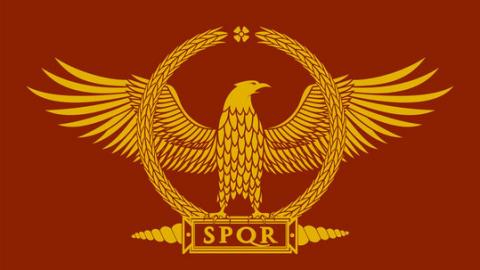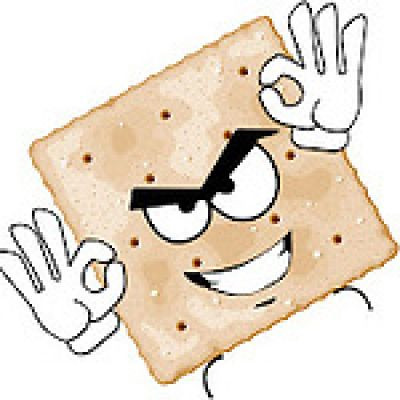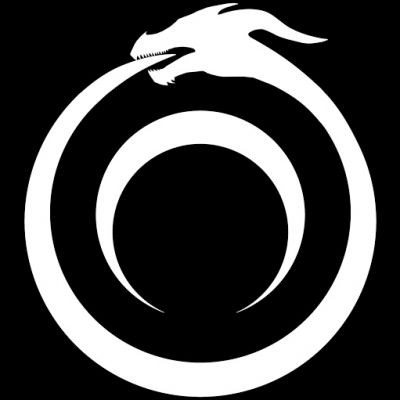Japan Industrial Standards - Screw Heads - are NOT Phillips Head - See Pinned Comment.
2
0
19 Visualizações
Publicado em 02 Aug 2025 / Em
Filme & Animação
Mostrar mais
0



 Better Bachelor
Better Bachelor
 TheQuartering
TheQuartering

 RT
RT
 The Alex Jones Show
The Alex Jones Show
 GeraldCelente
GeraldCelente
 Doggk
Doggk


 Longshanks
Longshanks
 TheSaltyCracker
TheSaltyCracker

 Redacted News
Redacted News
 Styxhexenhammer666
Styxhexenhammer666
 Angry Guy
Angry Guy


 Thinking Ape
Thinking Ape

 Life_N_Times_of_Shane_T_Hanson
Life_N_Times_of_Shane_T_Hanson
Log in to comment
JIS - Japanese Industrial Standards
https://en.wikipedia.org/wiki/List_of_screw_drives
https://en.wikipedia.org/wiki/....Japanese_Industrial_
The engineering specification.
https://kikakurui.com/b1/B1012-1985-01.html
JIS - Japanese Industrial Standards
JIS B 1012 - JIS screw drive, which is not the same as Phillips
The screw slots are an X* marked with a dot next to it.
Japanese Industrial Standards (JIS) (日本産業規格, Nihon Sangyō Kikaku; formerly 日本工業規格 Nihon Kōgyō Kikaku until June 30, 2019) are the standards used for industrial activities in Japan, coordinated by the Japanese Industrial Standards Committee (JISC) and published by the Japanese Standards Association (JSA). The JISC is composed of many nationwide committees and plays a vital role in standardizing activities across Japan.
History
In the Meiji era, private enterprises were responsible for making standards, although the Japanese government too had standards and specification documents for procurement purposes for certain articles, such as munitions.
These were summarized to form an official standard, the Japanese Engineering Standard, in 1921. During World War II, simplified standards were established to increase matériel output.
The present Japanese Standards Association was established in 1946, a year after Japan's defeat in World War II. The Japanese Industrial Standards Committee regulations were promulgated in 1946, and new standards were formed.
The Industrial Standardization Law was enacted in 1949, which forms the legal foundation for the present Japanese Industrial Standards.
The JIS B 1012[27] was commonly found in Japanese made equipment, such as cameras and motorbikes. JIS fasteners superficially resemble a Phillips screw albeit one with narrower and more vertical slots. Compared to Phillips screws these differences give JIS fasteners less of a tendency to cam out. The bottom of the recess is flat, and the point of the driver has to be blunt. A Phillips screwdriver has the same 26.5 degree cone angle but because of the tapered slots will not seat fully, and will damage the screw if forced. A correctly sized JIS driver will engage at full depth into a Phillips or Pozidriv head screw slightly loosely, but without damage. JIS heads are often identified by a single dot or an "X" to one side of the cross slot, though this is not always the case.[28]
https://upload.wikimedia.org/w....ikipedia/commons/thu